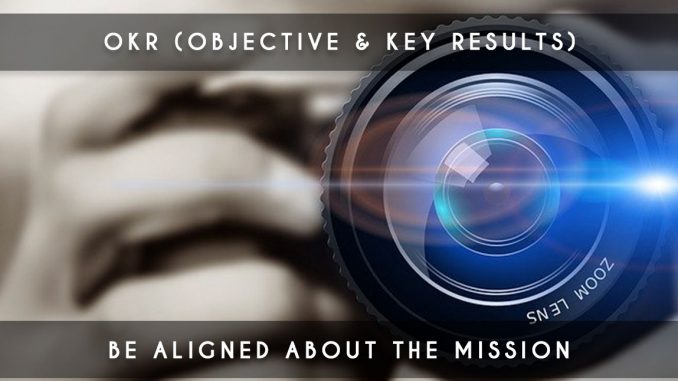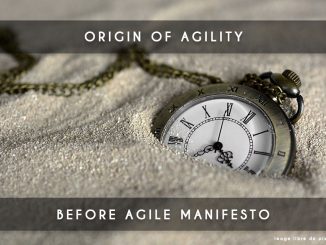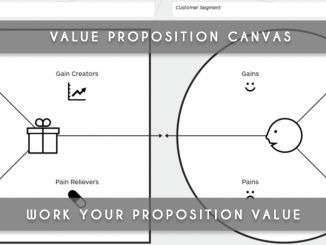
This article delves into the concept of OKR (Objective & Key Results), a framework used to define and track objectives and their associated results. Created by Andy Grove, the CEO of Intel, OKR has been adopted by prominent companies like Google, LinkedIn, Twitter, and Uber. The framework’s primary purpose is to align teams toward common objectives.
Introduction to OKR (Objective & Key Results)
The article introduces OKR as a framework for setting and monitoring objectives and results. It emphasizes the importance of defining objectives before working on product vision. The core idea is to set where you want to go (objective) and how you’ll get there (key results). An example is provided:
Objective: Increase the number of visitors to this blog
Key Results:
Improve natural referencing (+10% over 1 month)
Make articles more attractive (+10% views on next month’s articles)
Find a new attractive option (contribute to 2% of visits next month)
Structure of OKR
The OKR structure is presented as straightforward:
1. Objectives: Define 3 to 5 ambitious, qualitative, and often time-bound objectives on the company, team, or personal level.
2. Key Results: For each objective, define 3 to 4 measurable, quantifiable, achievable results. These can be based on “Done” or “Undone” concepts.
Organization of OKR
OKRs can be organized based on the company’s vision and missions. Larger organizations can have multiple layers of OKRs, including departmental and individual levels. A representative diagram illustrates this hierarchy.
The 5 Golden Rules of OKR
Five golden rules are highlighted to make the most of the OKR framework:
1. Iterative: Define objectives and key results annually or quarterly.
2. Simple and Precise: Keep objectives and results simple and limit objectives to a maximum of 5 per block.
3. Challenge: Set ambitious goals that push teams to excel; results should exceed even the most optimistic view by 20%.
4. Measurable: Results should be measurable and unambiguous, avoiding interpretation.
5. Non-punitive: Acknowledge that expected results are not always 100% achievable; avoid punishing those who don’t meet their targets.
Conclusion
The article concludes that the OKR concept is not overly complex. It emphasizes that alignment is crucial and that the framework effectively addresses this need. The author invites readers to share their experiences with using OKRs in their companies and considers whether the concept can benefit their businesses.
Useful Link: The article includes a link to Agile Framing’s use of OKR in the mission step.
In essence, the article provides an overview of the OKR framework, its structure, implementation, and the key principles to make the most of this approach to goal setting and tracking.




1 Trackback / Pingback